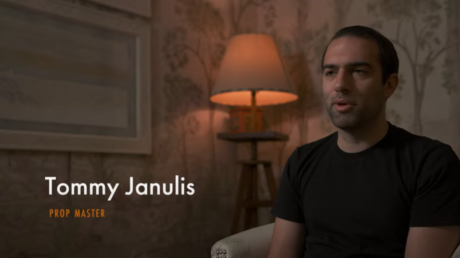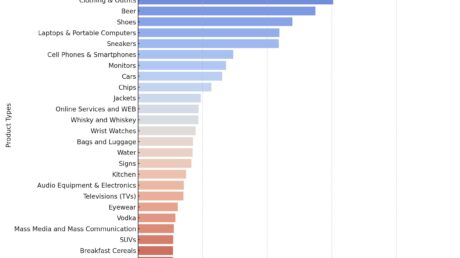Streaming services and subscription videos are increasing the use of virtual product placement. The expanding possibilities from virtual placement are creating new revenue for streaming companies and shows that there is value to marketers. Hulu’s virtual product integration generated 89% higher purchase intent and 47% higher brand awareness compared to their commercials ‘spots; so the proof is in the pudding!
Virtual product placement is when a brand is integrated into content post-production. It is usually displayed in backgrounds such as computer screens or billboards, but it can also be a product that the characters don’t use in the background or foreground of a scene. All of this is digitally rendered which is what makes it possible to add product placement after filming has wrapped.
TV shows, video games, movies, and other content can benefit from virtual product placement. Brands can have more flexibility about adding their products after the fact because they don’t have to meet with production partners months before production starts and they don’t have to get their product to a physical set. Virtual placement also makes it easier to remove or add content as needed for the production team when editing. Brands that analyze their virtual placement data can use the information they find to connect with their target audience better.

Virtual product placement is one of the fastest-growing ways to advertise a brand and as technology continues to evolve so will advancements and adoption in the virtual placement space.
Pending a brand’s needs and requirements for targeted timing, the positives can outweigh the negatives when it comes to virtual product placement; the biggest hurdle is time management. The more time there is for a project the better the end result; pending the intricacies of the graphics needed to be created, it may require more labor. So, as in most cases, the earlier a brand can start the conversations the better.
Virtual placement can have its drawbacks. There is a limited amount of content opportunities and less screen prominence in comparison to on-set product placement brands. It is harder to work a brand into the story when doing so virtually; so, there’s a possibility the brand’s recall rates wouldn’t be as high as a story-integrated product would. Virtual placements also usually have an expiration date once the brand hits a certain impression threshold. This makes a better option for when a brand wants to target an audience over a specific period but misses out on the longtail effect product placement offers.



